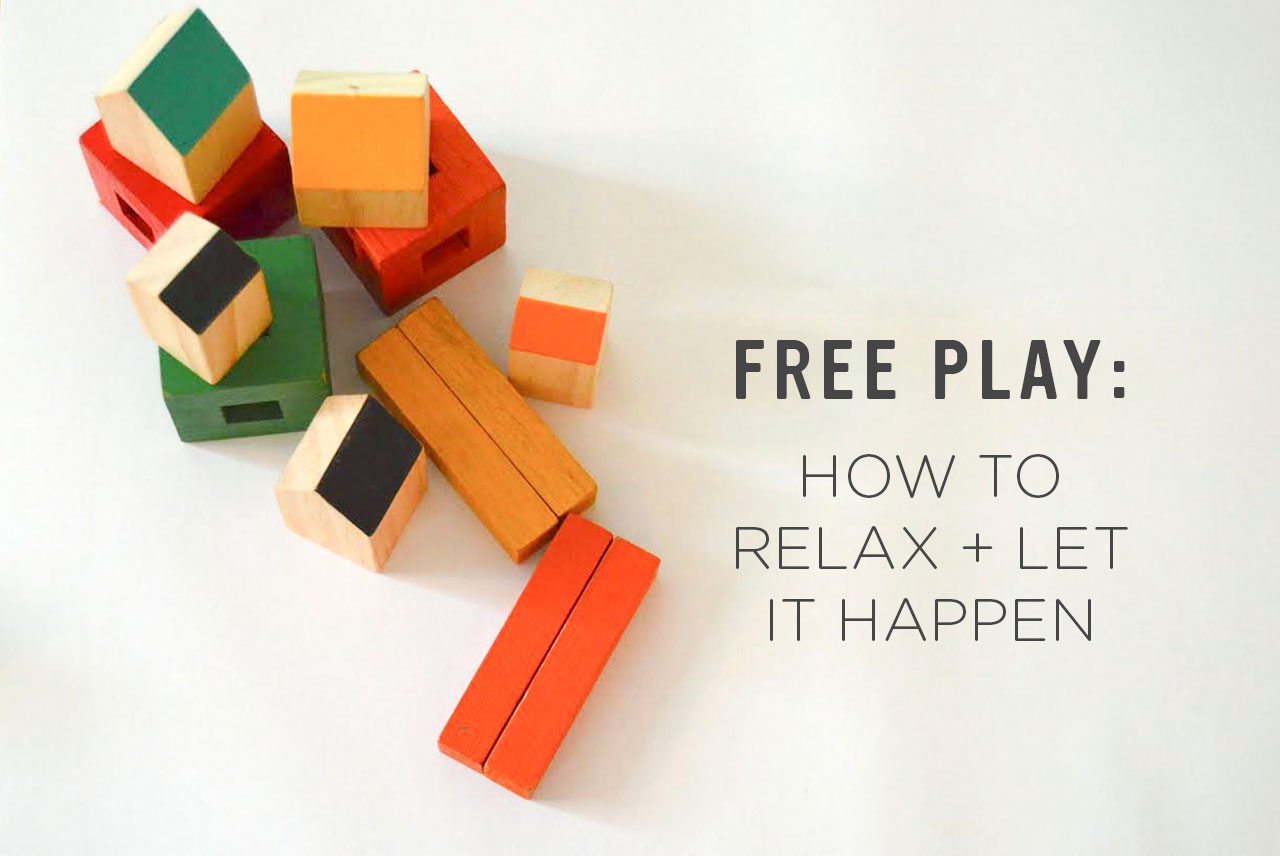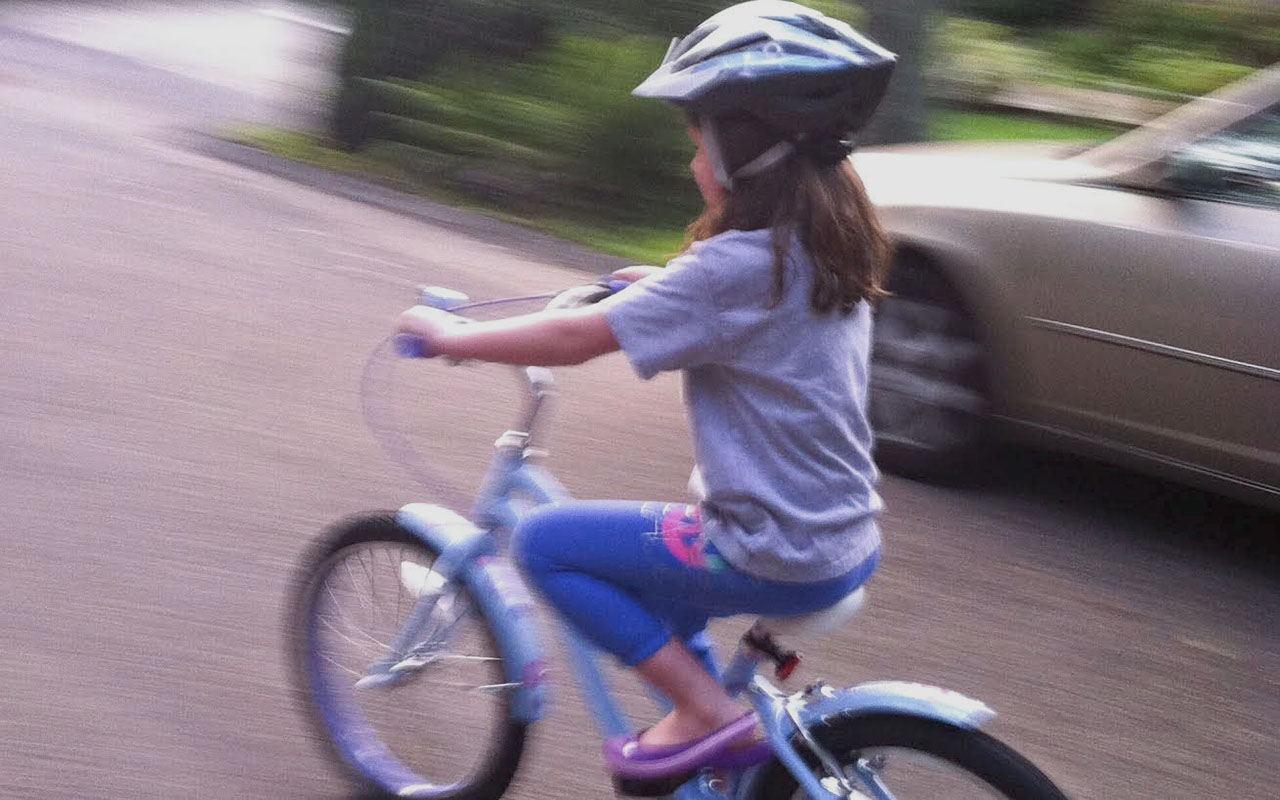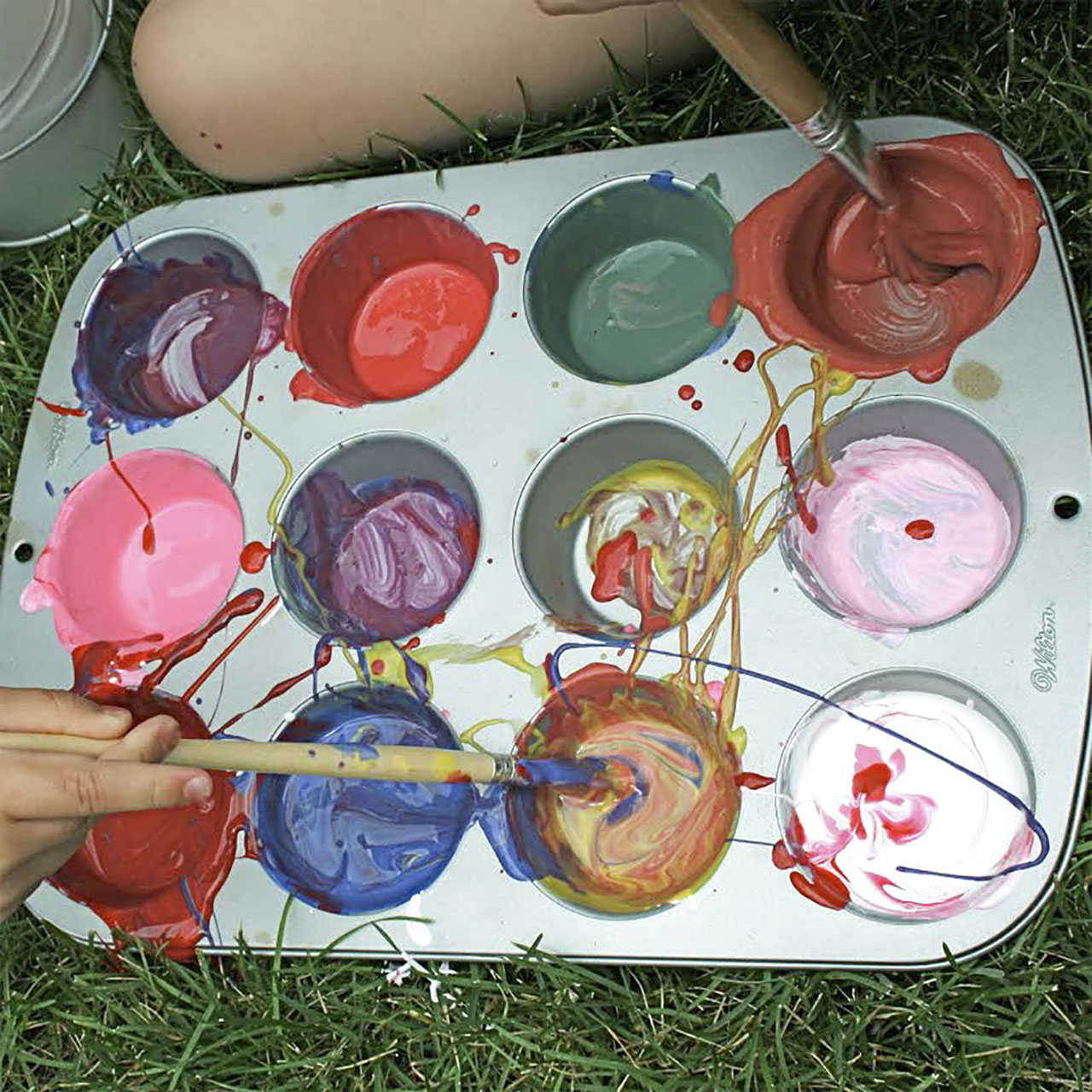Free Play: How to Relax and Let it Happen
I had read many articles and books about the decline of play in society. I had been at faculty meetings at which we discussed the difficulty of fitting play into our students’ day. I had even watched our then six year-old struggle somewhat with the transition from a Kindergarten class at an independent school, that valued play, to a more structured and standard oriented public first grade, but it was not until I began substitute teaching in several of our local public elementary schools that I really realized just how much time for unstructured play is on the decline.
It was rare that the schedules for the classes I was working in allowed for any free play, even in the youngest grades. If they did it was for very short periods of time, and was often the first thing sacrificed in order to make room for more academic endeavors, then one day I was asked to spend the day in a Kindergarten class. I love this age group, and treasure watching them learn more about their world through experiments, play, and social interactions. The class I was in had two teachers, so I was able to assist them with their regular routine and had plenty of time to observe the students and their regular routine. We got to the end of a long and academic day and Choice Time, a forty minute block for free play, which they only got twice a week, arrived. I watched the teacher gather the class on the rug and have each student sign up for a center. They chose between puzzles, computers, blocks, drawings, and other centers. There were limits to how many students could play at each center and this signing up process took over twenty minutes. The students were now left with twenty minutes to enjoy their chosen center, at which they had to remain for the full time while sitting and using whisper voices. You could see that this was unnatural for the students who naturally wanted to move their bodies and combine toys in order to develop new games.
Needless to say, this did not fit my definition of free play. It was so structured, with so much time-consuming management, that the students were not provided the opportunity to do the things that help them learn and create; namely interact with many children, use their imagination, transition and use their bodies, and make mistakes. The classroom teacher was not to be blamed for this; she had at least worked to carve out some time for free play, which is often completely missing from students’ schedules.
I left that day feeling frustrated for the children and worried about our oldest, if this was the plight of these Kindergarteners, what was happening in her first grade room? I spent the next few days coming up with a game plan, and along her father, made some changes to allow for more free play in our children’s lives. Some of these were principles that we already tried to follow, but really focusing on them benefited our family greatly, not only were the children more relaxed and happy, but so were the adults.
- Pare back the schedule: We are fortunate enough to live in a community with lots of options for structured children’s programs, from swim lessons to the library, we could have our children signed up for a different, enriching activity everyday. We have learned to say no to things, to realize that down time and free play are just as, if not more important, than filling our time with only structured activities.
- Limit screen time: We had always been careful about this, but we made a decision to say no screen time on school days. This might not work for every family, but as we are a blended family, and sometimes only have our oldest on weekdays and this rule freed us up for more play and family time.
- Get outside: The outside world is the perfect setting for free play, whether it be bike riding, building fairy houses, or simply going for a walk, nature allows for our minds to wander and our playful spirit to emerge.
- Relax expectations: As a teacher and mother it is hard for me to not turn every opportunity into a teachable moment or a mini-lesson. I have had to take a step back, let my children lead the play, and see where their creative minds naturally take it.



